
Katherine Smeed Cross (November 18, 1859 - September 11, 1943) was an American social leader.

Katherine Smeed Cross (November 18, 1859 - September 11, 1943) was an American social leader.
Katherine (nickname, "Kate") Smeed was born near Philadelphia, Pennsylvania, on November 18, 1859, the daughter of Colonel Eben C. Smeed (1830-1892), a civil engineer with the Union Pacific Railroad, and Mary A. Smeed (1833-1876). In 1869, she moved with her parents to Lawrence, Kansas, where the next seven years were spent in school and studying in the University of Kansas. [1]
In 1876, she returned to Philadelphia and devoted herself industriously to the study of music, art and the great exhibition. [1]
She was an efficient officer of nearly every art, musical and literary circle of Emporia and was a staunch church woman, a member of the Episcopal Church. [1]
Some of the finest classic musical entertainments given in Emporia were given under her direction, she herself taking leading parts in such operas as the Bohemian Girl and showing herself possessed of histrionic ability. [1]
In 1880, she returned to her Kansas home and in that year, she married Charles Sumner Cross (1858-1898), a banker and business man of Emporia, Kansas, where in their home, "Elmwood," the Crosses, with their daughter, Mary Kathryn Cross Gourlay (1885-1980), lived and dispensed hospitality. [1] They divorced in 1895 and Smeed moved to California.
She died on September 11, 1943, Orange County, California, and is buried at Fairhaven Memorial Park, Santa Ana, California.
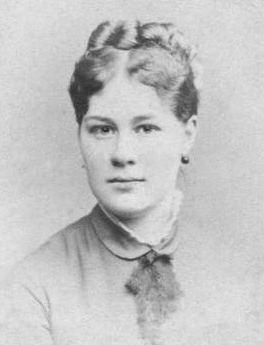
Eliza Cecilia Beaux was an American artist and the first woman to teach art at the Pennsylvania Academy of the Fine Arts. Known for her elegant and sensitive portraits of friends, relatives, and Gilded Age patrons, Beaux painted many famous subjects including First Lady Edith Roosevelt, Admiral Sir David Beatty and Georges Clemenceau.

Claire Windsor was an American film actress of the silent screen era.

Kate Sanborn was an American author, teacher and lecturer. Also a reviewer, compiler, essayist, and farmer, Sanborn was famous for her cooking and housekeeping.

Eliza Pratt Greatorex was an Irish-born American artist who was affiliated with the Hudson River School. She is known for her landscape paintings as well as for several series of pen-and-ink drawings and etchings that were published in book form. She was the second woman to be elected an associate of the National Academy of Design, following Ann Hall.
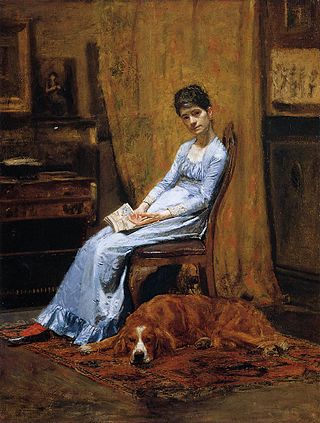
Susan Hannah Eakins was an American painter and photographer. Her works were first shown at the Pennsylvania Academy of the Fine Arts, where she was a student. She won the Mary Smith Prize there in 1879 and the Charles Toppan prize in 1882.
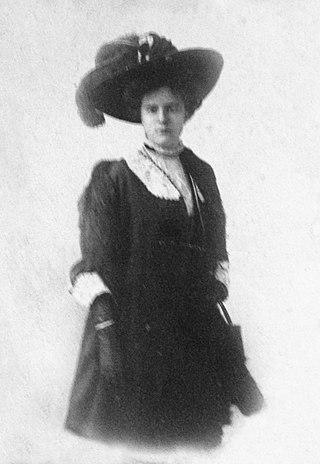
Alice Brown Chittenden was an American painter based in San Francisco, California who specialized in flowers, portraits, and landscapes. Her life's work was a collection of botanicals depicting California wildflowers, for which she is renowned and received gold and silver medals at expositions. She taught at the Mark Hopkins Institute of Art from 1897 to 1941.

Sara Hershey-Eddy was an American musician, pianist, contralto vocalist, vocal instructor, and musical educator. She founded the Hershey School of Musical Art in Chicago.
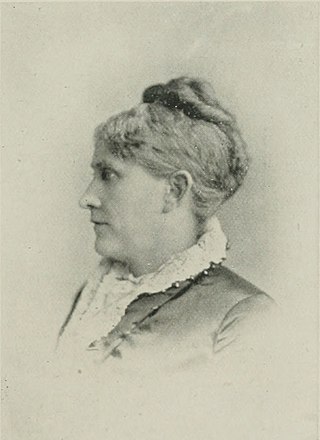
Mary Tenney Gray was a 19th-century American editorial writer, clubwoman, philanthropist, and suffragist from Pennsylvania, who later became a resident of Kansas. She lived in Kansas City, Kansas for more than twenty years and during that time, was identified with almost every woman's movement. She served on the editorial staff of several publications including the New York Teacher, the Leavenworth Home Record, and the Kansas Farmer. Gray's paper on "Women and Kansas City's Development" was awarded the first prize in the competition held by the Women's Auxiliary to the Manufacturers' Association of Kansas City, Missouri.

Abigail "Abbey" Perkins Cheney was a musical educator.

Louisa Belle Howard was a dramatic reader and music teacher.
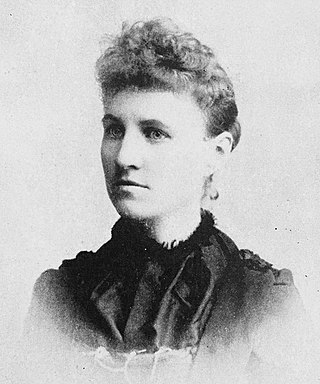
Sadie Park Grisham was an educator and municipal public office-holder.

Kate J. Brainard was a musical educator.

Kate Slaughter McKinney was an author and poet who used the pen-name of Katydid. In 1931, she was elected Poet Laureate of the State of Alabama.

Clara H. Hazelrigg was an American author, educator and reformer. She began teaching school at a young age, and after marriage and removing to Kansas, she taught school and served as principal of a ward school. She generally wrote under the initials of "C. H. H.", by which signature she was well known in the literary world. Hazelrigg died in 1937.

Carrie Chase Davis was an American physician and suffragist. After teaching for some years, she graduated with a Medical Degree from Howard University College of Medicine in 1897, with a specialization in Bacteriology. She was one of the leading women practitioners of the Western Reserve and was also prominent as a woman suffragist of the west. Davis served as secretary of the Erie County Medical Society, and recording secretary of the Ohio Woman Suffrage Association.
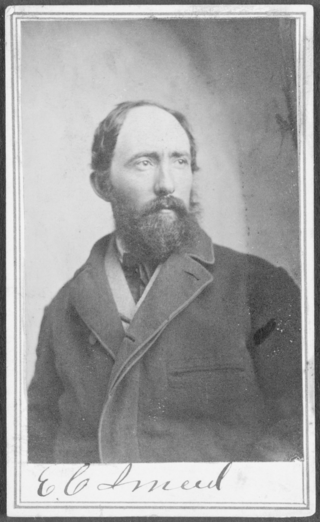
Eben Cedron Smeed was an American civil engineer who was best known for his work on railroads, particularly the United States Military Railroad (USMRR) in supporting Sherman's Atlanta and Savannah campaigns working first under General Herman Haupt and then Colonel William Wierman Wright. Smeed typified the successful, self-made civil engineer in the 19th century.

Kate Rolla, born Katherine Doane Wheat, was an American opera singer.
Lavinia S. Goodwin was an American author and educator of the long nineteenth century. She was a charter member of the New England Woman's Press Association.
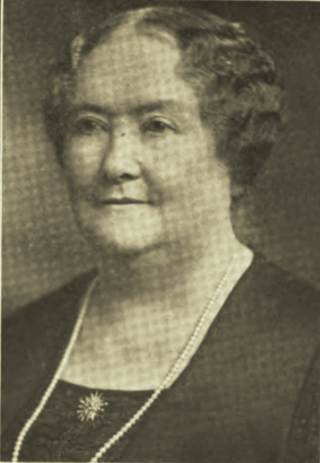
Allie Luse Dick was an American music educator who identified with various religious, social, philanthropic and educational activities. Among the positions she held, Dick served as director of music at Hedding College, 1887-88, and again at Missouri Wesleyan College, 1892-95.

Anna Smeed Benjamin was an American social reformer and activist involved in the temperance movement. After being drawn into the work of the Woman's Foreign Missionary Society of the Methodist Episcopal Church, she joined the temperance cause, becoming one of its best known orators. A skilled parliamentarian, in 1887, she was elected National Superintendent of the department of parliamentary uses in the Woman's Christian Temperance Union (WCTU). In this role, she issued a series of "Parliamentary Studies". The drills which she conducted in WCTU "School of Methods" and elsewhere were popular and well attended by both men and women. For ten years, she served as president of the Michigan state WCTU.